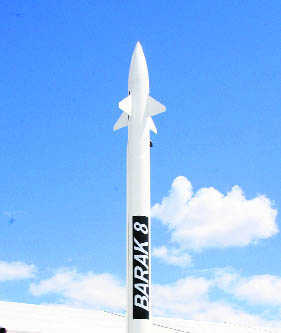Clarity and perspective are early casualties during turmoil. Yet now more than ever before we are in need of clarity and perspective to deal with the mess in Kashmir. Instead of being swayed by the noise, blood and emotion, decision-makers must be guided by calm, rational judgement. Kashmir is not lost. Nor will it ever be. However, there is no space for complacency and denial. The Valley is suffering from one of the worst periods of crisis in its history and we must acknowledge it, prepare and implement a plan of action.

It may sound preposterous, but ‘Kashmir problem’ might be simpler than it appears. Simpler, not easier. Is it monolithic? No. It is a problem with multifarious dimensions. However, trying to solve everything at the same time is a sure recipe for failure. Therefore, the Indian state must narrow down its focus.
Is the unrest being fuelled by Pakistan? Doubtless. How do we tackle it? Is there increasing Islamist radicalism in the insurgency movement? Yes. How do we tackle it? Is there more support for secession among ordinary Kashmiris now than it was during the turn of the millennium? Possibly. How to rescind the mood? There will be time for these issues to be effectively addressed.
This is not to suggest that these aren’t big enough. Each of these issues is complex, interconnected and resists easy solutions. They pertain to political fallibilities, geostrategic worries and threats to nation’s territorial integrity. These cannot get any bigger.
However, we cannot even begin to tackle these bigger issues plaguing Kashmir if there is no conducive atmosphere for it. How do you, for instance, persuade stone-pelting youths that their future lie in picking up the laptop, not stones, as the prime minister had recently pointed out? Why will the sermon from an authority he doesn’t recognise work when he is led by bigger, if elusive, motivations?
Therefore, the first and foremost responsibility of government stakeholders (and that includes the Centre, state and the entire security establishment) is to restore the writ of the Indian state in Kashmir. Unless there is fear of authority, rule of law and a semblance of order, any hopes of “normalcy” returning to Valley is a pipe dream. And unless there is even a semblance of normalcy, there can be no hope for “peace”.
This opium-fuelled dream of “peace in Valley” cannot become a reality amid flash mobs resisting counter-insurgency operations, youth heckling jawans, raising cries of secession, pelting stones, terrorists spraying Kalashnikov bullets and strewing bodies of jawans and Kashmiris alike.
Which brings us to the painful truth. For all our blaming of Pakistan, the Indian state cannot shirk its role. If Pakistan is guilty of fuelling insurgency, funding cross-border terrorism and using Hurriyat puppets to keep Kashmir on the boil, the BJP-PDP coalition and the Narendra Modi government have been guilty of incompetence. The insurgency movement has gained in strength because it has been allowed to gain in strength.
Since the neutralisation of Hizbul Mujaheedin commander Burhan Wani, a series of tactical and policy errors have been committed. The government has appeared all too eager to cede control and have appeared more interested in short-term placatory gestures rather than displaying an iron will in arresting the deterioration of law and order.
The terrorists and insurgents have used this chance to destabilise the Valley by further challenging the writ of India’s democracy. Politicians have been targeted, threatened and killed. Residences of Jammu and Kashmir Police officers and constables have been attacked. Rule of fear has replaced rule of law. Whereas the Indian state has appeared increasingly clueless, the insurgents and their handlers have moved with great control and coordination. One death at the hands of security forces has given rise to a hundred mutinies as the state has receded deeper and deeper into insignificance.
Nothing exemplifies the government’s ineptitude more than news which emerged on Friday that Saudi, Pakistani and even banned channels like Zakir Naik’s Peace TV are being beamed right into the homes of thousands and thousands of Kashmiri residents, thickening further the witches’ brew of azaadi and Islamism as government officials appear clueless, even complicit.
As Aarti Tikoo reports in Times of India, “over 50 Saudi and Pakistani channels”, including Naik’s Salafist Islam-preaching network and a host of other channels dripping daily venom against the Indian state “are running without necessary clearances via private cable networks in Kashmir. All this is happening under the nose of the PDP-BJP government, which even subscribes to these cable services in some of its offices and buildings.”
The report says there are over “50,000 private cable connections in Srinagar alone” and these are preferred over regular Indian digital platforms such as Airtel or Tata Sky only because they broadcast these banned, anti-India channels.
What’s more, when the issue was brought to the attention of Amit Katoch, director of broadcasting, Information and Broadcasting ministry, “he asked TOI to send a written complaint so that the ministry could verify and take appropriate action”, according to the report.
If this isn’t an indictment of the government’s staggering incompetence, what is?
This must be seen in conjunction with the recent worrying spate of bank loots. There is little doubt that due to demonetisation, many of the terrorist outfits operating in and out of Kashmir and Pakistan-occupied-Kashmir have been hit by cash crunch. The prime minister’s move to declassify the high value notes hit their cash flow, pace of recruitment and arms procurement.
Which is why we find armed terrorists from outfits such as Hizbul Mujaheedin have been targeting several bank branches in the Valley. They have looted, according to a report in The Indian Express, “nearly Rs 92 lakh in 13 separate attacks. There have been four incidents in four days this month, beginning with the bloody attack on a cash van on 1 May during which militants shot dead 5 policemen and 2 bank security guards, and including 2 attacks in 2 hours in adjacent villages in Pulwama on Wednesday.”
Only one out of 13 robberies were committed before 8 November, 2016, the day demonetisation was announced. The government has never ceased to tom-tom its “achievement” that militancy in the Valley was hit due to notebandi. If that was known, what stopped the government from deploying more security at the banks? Didn’t it dawn on administrative functionaries that terrorists will now target banks in desperation?
Chief Minister Mehbooba Mufti has “appealed to the youth to help restore normalcy in the Valley so that peace returns,” and news agency IANS quoted a police officer as saying that “securing each bank in the remote areas by providing guards to every branch in these areas needs manpower which is difficult to arrange at present.”
If we add the recent cancellation of Anantnag bypoll to this mix, the depth of the problem seems clear. It is one of lack of will and the administration, which has gone for a walk at the first sign of volatility, must take the blame for it.
To restore its writ, there is need for a comprehensive military action to flush out the terrorists and if possible, catch or neutralise some of the top commanders to render the outfit headless. The ‘cordon and combing’ operation in south Kashmir launched jointly by the Army and Jammu and Kashmir Police on Thursday, is a good first step. It is telling, however, that the “biggest operation in 15 years” have so far failed to nab a single terrorist. Instead the forces came under attack in which the civilian driver of one of the vehicles was killed. This points to something deeper, that the local intelligence is now favouring the terrorists over Indian security agencies.
But we must not allow any laxity in this regard.
As Arun Sahni, former GOC-in-C, South Western Command, points out in his column for Indian Express, “counter-terrorist operations follow the simple strategy of “an iron fist in a velvet glove”. The pressure of military action — initially by eliminating hardcore leaders and subsequently, as a “threat-in-being” — is the catalyst that forces unlawful elements to talk with the government. Once you dilute the fear of authority of the uniformed forces, there is bound to be resistance to dialogue.”
Restore the authority of Army and the writ of Indian state. The next steps shall follow. Kashmir isn’t going anywhere.
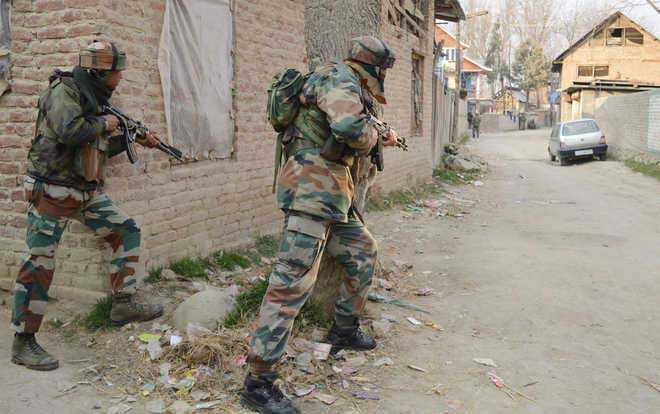






















































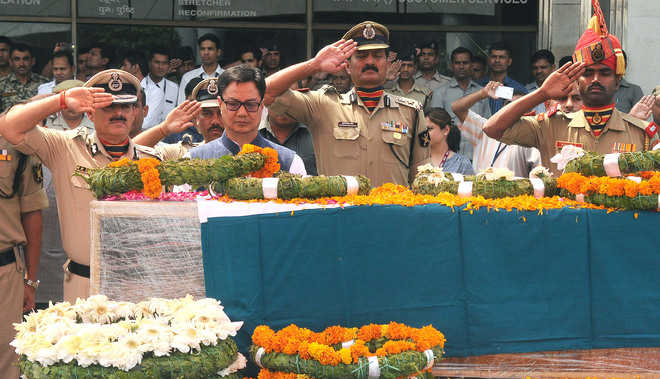
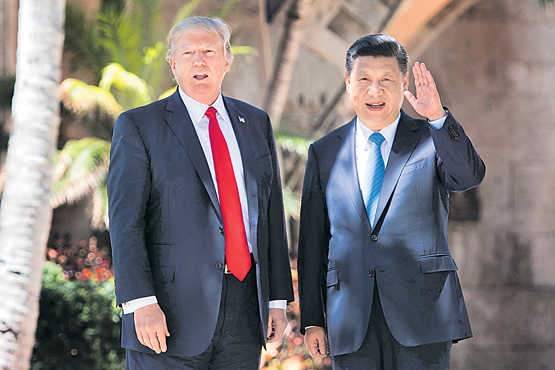
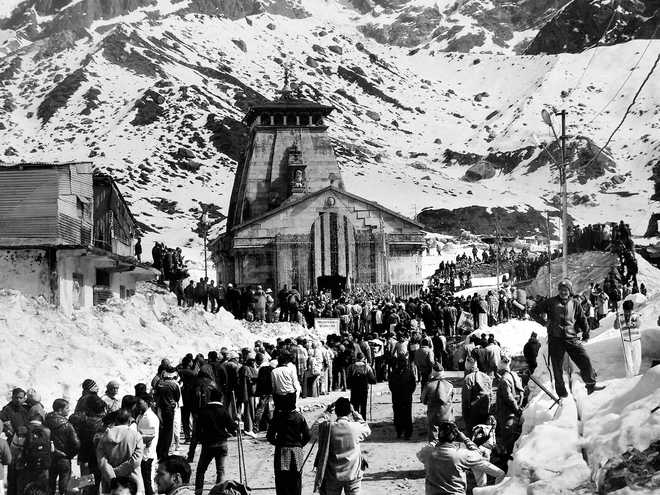
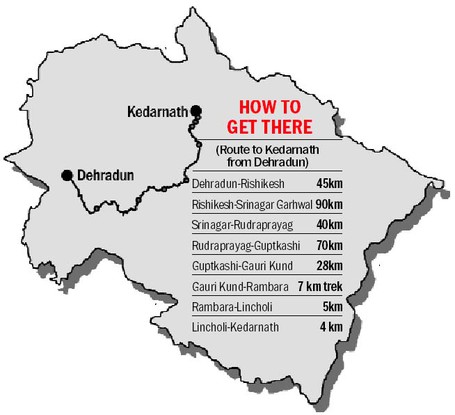
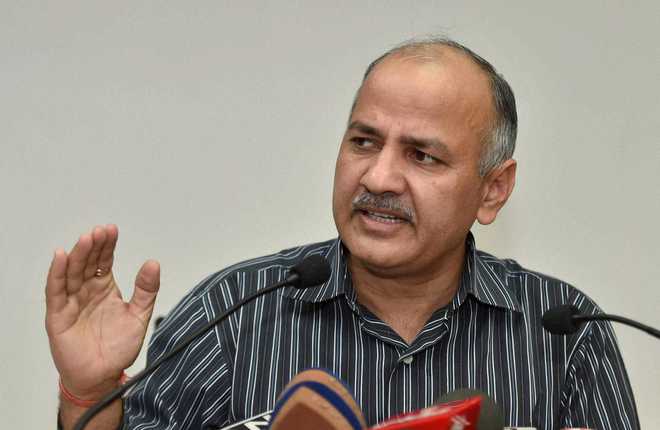
 HINDUSTAN TIMES
HINDUSTAN TIMES